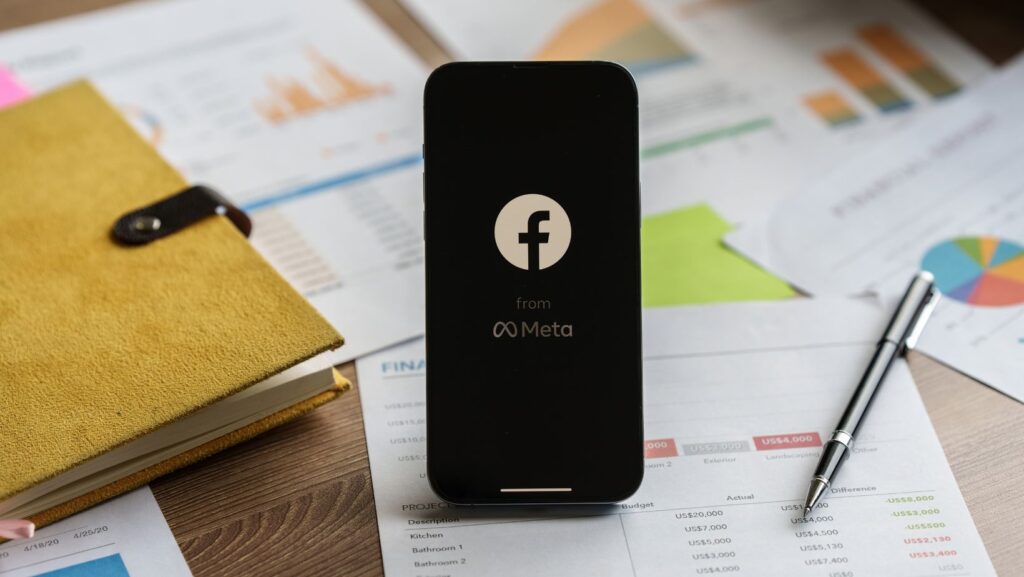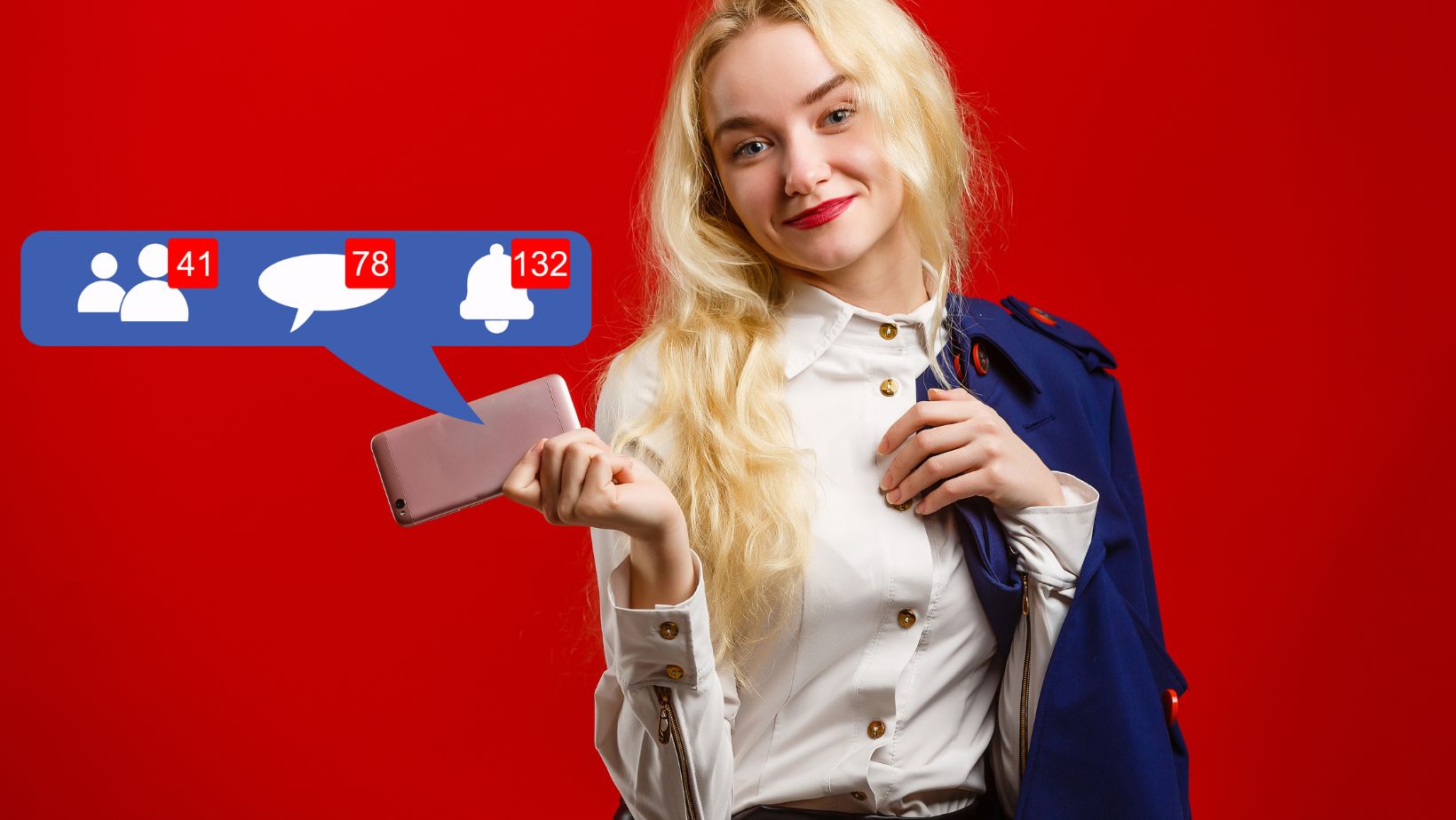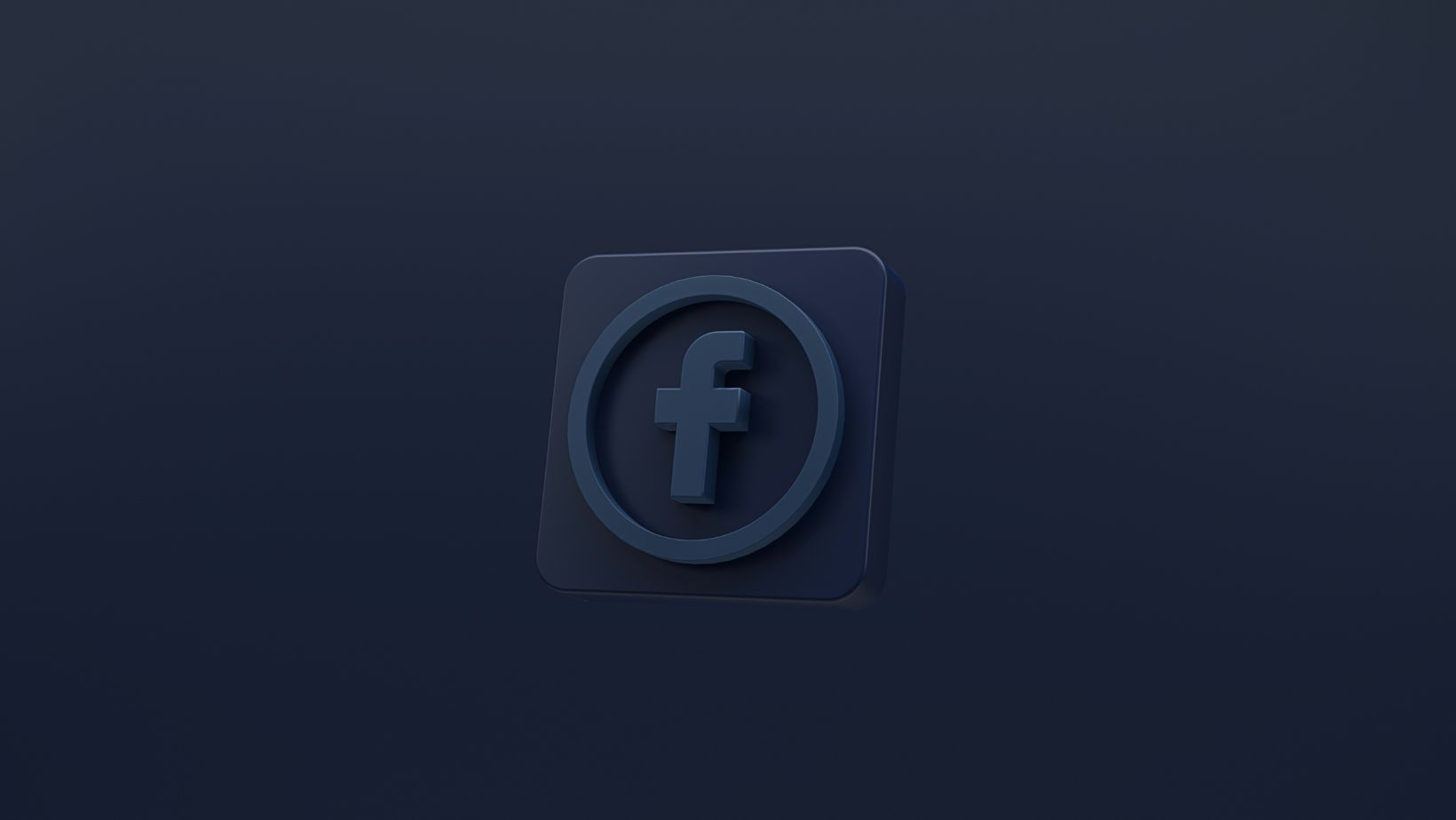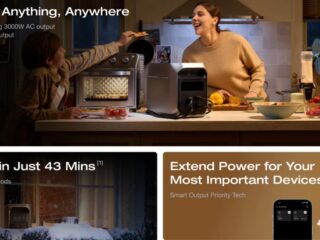
Running Facebook ads can sometimes feel like fishing in a vast ocean. You cast your line (launch your campaign), spend money on the best bait (your ad creative), and wait. But at the end of the day, what really matters isn’t how many nibbles you got (clicks) or how many people saw your boat (impressions). What matters is how many fish you actually pulled into the boat (leads) and, crucially, how much it cost you to catch each one. This is the essence of your Facebook CPL (Cost-Per-Lead). It’s the single most important metric for any business focused on growth. A high CPL can feel disheartening like you’re spending a fortune on bait only to come home with an empty cooler. But here’s the good news: your CPL isn’t a fixed number handed down from the heavens. It’s a dynamic metric that you have an incredible amount of control over. This guide is your new tackle box. We’re not just going to define what CPL is; we’re going to dive deep into the actionable, real-world strategies that will turn you into a master angler, helping you catch more high-quality leads for a fraction of the cost. Get ready to stop just spending money and start making smart investments.
What Does CPL Mean on Facebook?
Let’s break it down in the simplest terms. CPL, or Cost-Per-Lead, is exactly what it sounds like: the average amount of money you spend on Facebook ads to generate one new lead for your business. A “lead” is someone who has shown interest in your product or service by taking a specific action, like filling out a contact form, signing up for a webinar, downloading an ebook, or subscribing to your newsletter. This metric is fundamentally different from others you might see in your Ads Manager. Unlike Cost-Per-Click (CPC), which just tells you the cost of a click, or Cost-Per-Mille (CPM), which tells you the cost for 1,000 impressions, CPL measures the cost of acquiring something truly valuable: a potential customer’s contact information and their explicit permission for you to follow up. For businesses that rely on nurturing relationships before a sale (like service providers, B2B companies, or high-ticket e-commerce stores), CPL is the North Star metric that directly measures the efficiency of your lead generation efforts.
How to Calculate CPL on Facebook
You don’t need to be a math genius to figure this out, I promise. Facebook Ads Manager often calculates this for you if you’re using a Lead Generation campaign objective, but understanding the formula empowers you to calculate it for any campaign. It’s a simple, powerful equation.
The formula for Cost-Per-Lead is:
CPL=Total New Leads GeneratedTotal Ad Spend
Let’s use a real-world example to make it crystal clear. Imagine you ran a Facebook ad campaign for a week with the goal of getting people to download your free guide to home gardening.
- You spent a total of $500 on the campaign.
- During that week, 50 people filled out the form and downloaded the guide.
Using the formula: $500 (Total Ad Spend) / 50 (Total New Leads) = $10
Your Cost-Per-Lead for this campaign is $10. This means, on average, you paid Facebook $10 for every single person who showed interest in your business. Now you have a concrete number you can track, analyze, and, most importantly, work to improve.
What Is a Good Cost Per Lead on Facebook?
This is the million-dollar question, and the honest, if slightly frustrating, answer is: it depends. A “good” CPL is not a universal number; it’s entirely relative to your industry, your offer, the value of a lead to your business, and your profit margins. A $50 CPL might be a disaster for a company selling $20 t-shirts, but it would be an incredible victory for a real estate agent where a single lead can turn into a $10,000 commission.
However, you’re not completely in the dark. We can look at industry benchmarks to get a general idea of what’s “normal.” These are averages, so take them with a grain of salt, but they provide a useful starting point.
| Industry | Average Cost-Per-Lead (CPL) |
| Automotive | ~$25 – $45 |
| B2B | ~$30 – $60+ |
| Education | ~$35 – $65 |
| Finance & Insurance | ~$40 – $70+ |
| Healthcare | ~$30 – $60 |
| Legal | ~$50 – $80+ |
| Real Estate | ~$20 – $50 |
| Retail / E-commerce | ~$15 – $35 |
| Technology | ~$30 – $55 |
| Fitness & Nutrition | ~$20 – $40 |
E-Tablolar’a aktar
Source: Data is aggregated from various marketing studies. Your results may vary.
The most important question isn’t “What is a good CPL?” but “What is a profitable CPL for my business?” If you know that 1 out of every 10 leads turns into a customer, and each customer brings in $500 in profit, you could theoretically pay up to $50 per lead and still break even. Your goal is to get your CPL far below that break-even point to ensure a healthy ROI (Return on Investment).
9 Actionable Strategies to Reduce Your Facebook CPL
Alright, this is where the magic happens. You understand what CPL is and how to benchmark it. Now, let’s roll up our sleeves and get that number down. A high CPL is just a symptom; these strategies are the cure.
1. Hyper-Target Your Audience
Think of this as choosing the right spot in the ocean to fish. You wouldn’t cast for tuna in a shallow pond. The single biggest reason for a high CPL is showing your ads to the wrong people. Dive deep into your Audience settings. Go beyond basic demographics. Use Detailed Targeting to find users based on their interests, behaviors, and life events. The more relevant your ad is to the person seeing it, the more likely they are to convert. A highly tuned target audience is the foundation of a low CPL.
2. Master Your Ad Creative and Copy
Your ad is your bait. If it’s not appealing, no one will bite. Your ad creative needs to stop the scroll instantly. Use high-quality video (the top performer on Facebook), eye-catching images, or engaging carousels. Your ad copy needs to be compelling, clear, and empathetic. Address a pain point directly and present your lead magnet (your ebook, webinar, etc.) as the perfect solution. Always include a crystal-clear Call-to-Action (CTA) like “Download Now” or “Sign Up Today.” Don’t make people guess what you want them to do.
3. Optimize Your Landing Page Experience
Your ad can be perfect, but if it sends users to a slow, confusing, or untrustworthy landing page, you’ve wasted your money. Your landing page is part of the CPL equation. It must be mobile-friendly, load in under 3 seconds, and have a headline that matches your ad copy.
Keep the form as short as possible—only ask for the information you absolutely need. Add trust signals like testimonials, reviews, or security badges. A seamless landing page experience dramatically increases your conversion rate and slashes your CPL.
4. Use Lead Ads to Reduce Friction
Want to make it incredibly easy for someone to become a lead? Use Facebook’s native Lead Ads. When a user clicks on a Lead Ad, a form pops up directly within the Facebook app, pre-populated with their contact information (like their name and email address) that they’ve already shared with Facebook. This removes the friction of sending them to an external landing page and forcing them to type everything out manually. By reducing the number of steps, you can often see a significant decrease in your CPL, though it’s important to monitor lead quality.
5. Leverage Retargeting and Lookalike Audiences
The warmest audience you can target is people who already know you. Set up retargeting campaigns to show specific ads to users who have visited your website, engaged with your profile, or watched your videos. These leads are almost always cheaper to acquire. Then, take it a step further. Create a Lookalike Audience from your list of existing customers or highest-quality leads. Facebook’s algorithm will then find new people who share similar characteristics, giving you a constantly refreshing pool of highly relevant prospects to target.
6. Constantly A/B Test Everything
You should never assume you know what works best. A/B testing (or split testing) is the process of running two slightly different versions of an ad to see which one performs better. Be scientific about it. Test one variable at a time. You can test:
- Ad Creative: Video vs. Image
- Ad Copy: Long-form vs. Short-form
- Headlines: Question vs. Statement
- Audiences: Interest A vs. Interest B
- CTA Buttons: “Learn More” vs. “Sign Up” Constant testing provides data-backed insights that allow you to systematically optimize your campaigns and lower your ad spend per lead.
7. Improve Your Ad’s Relevance Score (Quality Ranking)
Facebook wants its users to have a good experience. To encourage this, it rewards advertisers who create high-quality, relevant ads with lower costs. This is measured by your “Quality Ranking.” It’s based on user feedback and how relevant Facebook thinks your ad is to the audience seeing it.
High-relevance ads get shown to more people for less money, directly lowering your CPL. You can improve this by following all the advice above: targeting the right people, using great creativity, and providing a good landing page experience.
8. Strategize Your Ad Placements
Don’t just let Facebook place your ads everywhere by default (Automatic Placements). While this can be a good starting point, analyze your results to see which placements are driving the best CPL. You might find that Instagram Stories are bringing in cheap, high-quality leads while the Audience Network is burning through your budget with little to show for it. You can then manually select the placements that give you the best return, concentrating your budget where it’s most effective.
9. Optimize Your Budget and Bidding Strategy
How you tell Facebook to spend your money matters. Start with a clear budget. For your bidding strategy, you have options. While “Lowest Cost” is the default, you might want to test “Cost Cap” or “Bid Cap.” With a Cost Cap, you tell Facebook the maximum average CPL you’re willing to pay, and it will try to get you the most leads possible at or below that cost. This gives you more direct control over your CPL and can prevent costs from spiraling out of control during the learning phase.
Conclusion: From Metric Follower to Master Optimizer
Your Facebook Cost-Per-Lead is more than just a number in a report; it’s a direct reflection of your strategy’s health and efficiency. It’s the pulse of your lead generation engine. A high CPL isn’t a failure. It’s feedback. It’s an invitation to dig deeper, to get more creative, and to become a smarter marketer.
You are now armed with the knowledge and a powerful arsenal of nine distinct strategies to do just that. Stop feeling helpless about your ad costs. Pick one or two of these tactics perhaps refining your target audience or A/B testing your ad copy—and implement them this week. By moving from a passive metric follower to an active, strategic optimizer, you take back control. You turn your ad spend from a source of anxiety into a predictable, scalable engine for growth. Now, go catch some fish.














